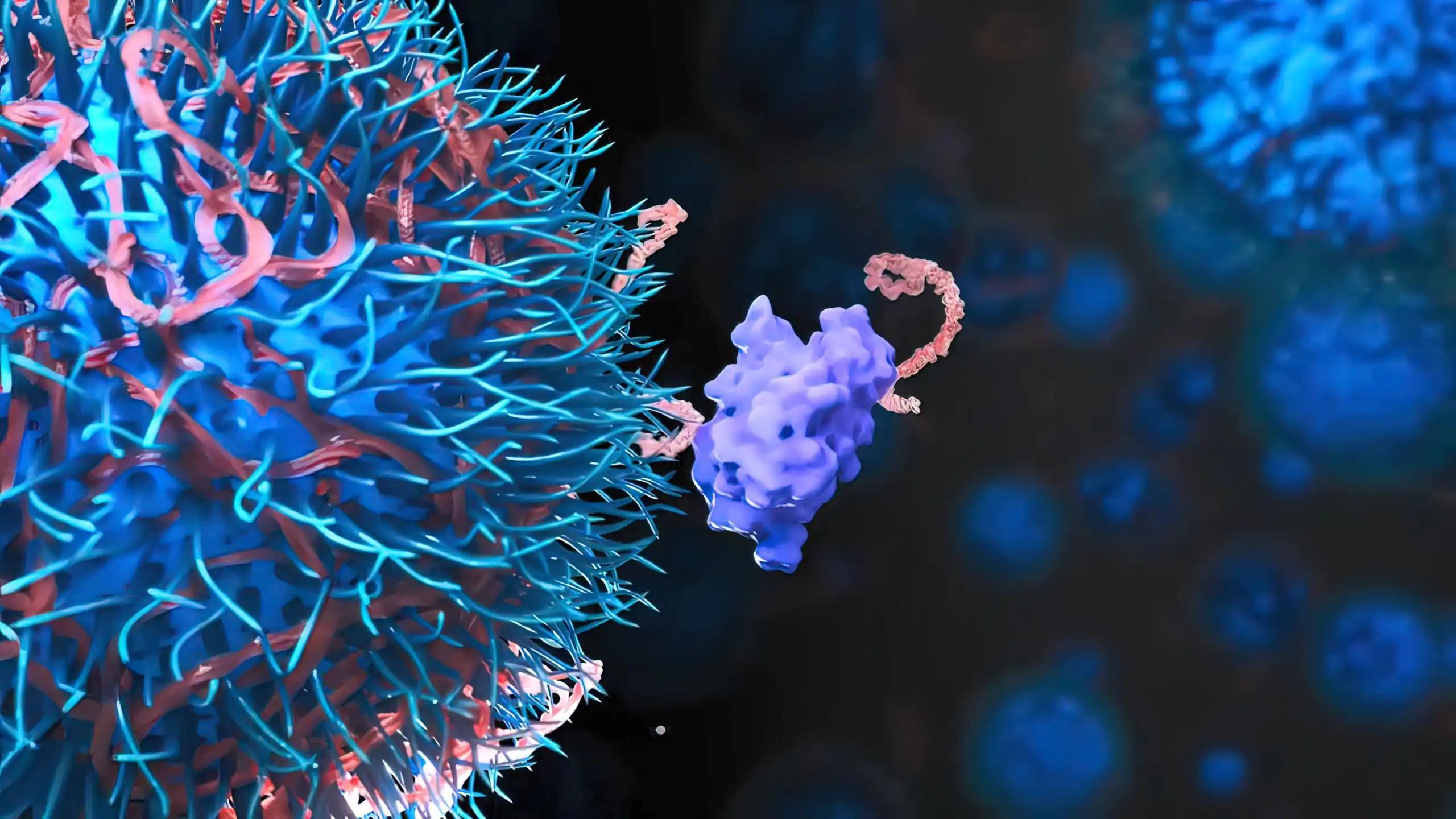KEY TAKEAWAYS
- The study aimed to investigate the genomic breakpoints on the BCR side leading to p210 and p190 fusion proteins in both CML and ALL.
- Breakpoint localization in ALL and CML is primarily influenced by chromatin accessibility and developmental stage, rather than specific DNA motifs.
The BCR::ABL1 is a hallmark of chronic myeloid leukemia (CML) and is also found in acute lymphoblastic leukemia (ALL). Most genomic breaks on the BCR side occur in 2 regions – Major and minor – leading to p210 and p190 fusion proteins, respectively.
Lenka Hovorkova and the team aimed to assess the genomic breakpoint patterns associated with BCR::ABL1 in 971 patients, highlighting differences between CML and BCR::ABL1-positive ALL.
They performed an inclusive analysis of 971 patients, including adults and children with CML and ALL: pediatric ALL (n = 353), pediatric CML (n = 197), adult ALL (n = 166), and adult CML (n = 255 patients). Using multiplex long-distance PCR or next-generation sequencing, they characterized the BCR::ABL1 genomic fusion and developed the “Break-App” web tool for breakpoint visualization and analysis. Statistical analyses employed Pearson’s Chi-Squared test, Kolmogorov-Smirnov test, and logistic regression.
Detailed analysis showed a non-random distribution of breaks in both BCR regions, whereas ABL1 breaks were distributed more evenly. However, a significant difference in the distribution of breaks between CML and ALL was found. No association of breakpoints with any type of interspersed repeats or DNA motifs was observed.
With a few exceptions, the primary structure of the fusions suggests that non-homologous end joining is responsible for the BCR and ABL1 gene fusions. Analysis of reciprocal ABL1::BCR fusions in 453 patients showed mostly balanced translocations without major deletions or duplications.
The study concluded that physical colocalization and chromatin accessibility, varying with the developmental stage of the cell, significantly influence breakpoint localization in BCR::ABL1-positive ALL and CML genomes, overriding the influence of specific DNA motifs.
The study was supported by the Czech Health Research Council (NU21-03-00128), Charles University (GAUK 327322), by the project from Ministry of Health, Czech Republic 00064203 (University Hospital Motol, Prague, Czech Republic), MH CZ – DRO (IHBT, 00023736), by the project National Institute for Cancer Research (Program EXCELES, ID Project No. LX22NPO5102), and Cancer Australia PdCCRS1128727 (RS).
Source: https://pubmed.ncbi.nlm.nih.gov/38970095/
Hovorkova L, Winkowska L, Skorepova J, et al. (2024). “Distinct pattern of genomic breakpoints in CML and BCR::ABL1-positive ALL: analysis of 971 patients.” Mol Cancer. 2024 Jul 5;23(1):138. doi: 10.1186/s12943-024-02053-4. PMID: 38970095; PMCID: PMC11229488.



